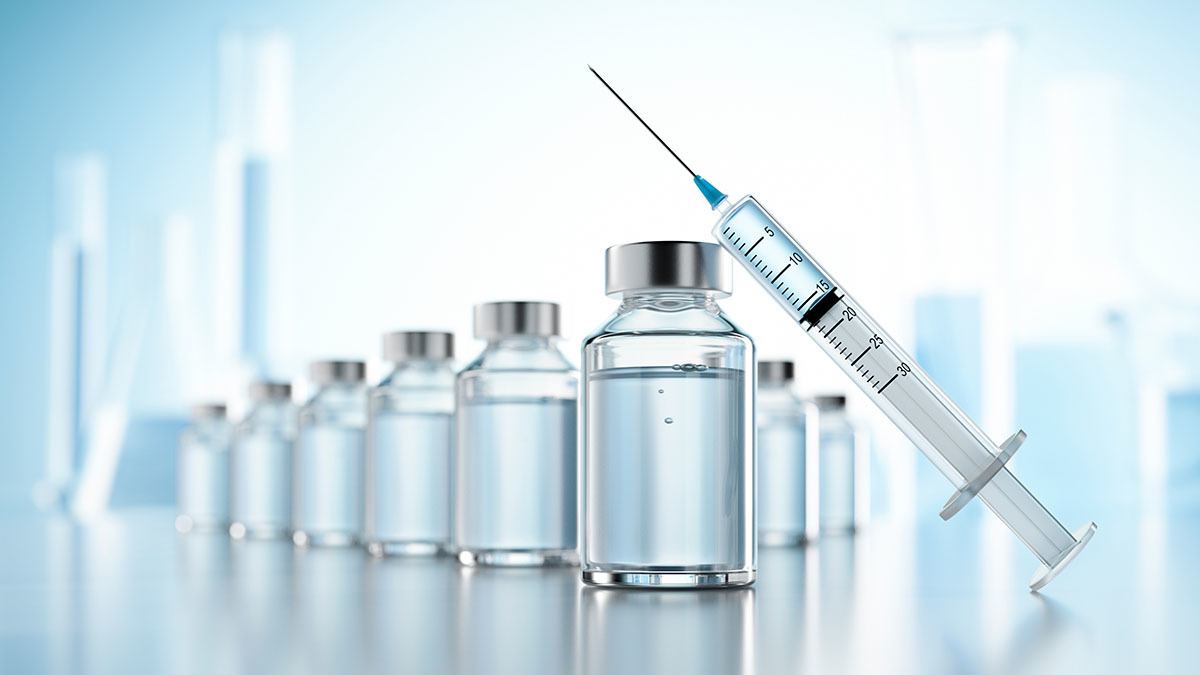USP Surfactant Leachables Testing
The USP Surfactant Leachables Testing is a critical aspect of ensuring the safety and quality of pharmaceutical products. This testing evaluates potential surfactants that may leach from packaging materials, delivery systems, or other components into contact with drug substances during manufacturing and distribution processes.
Surfactants are crucial in many pharmaceutical formulations for their emulsifying, foaming, wetting, solubilizing, and detergent properties. However, if not properly managed, they can pose risks to patient safety by introducing impurities that may affect the efficacy or stability of the drug product. USP standards provide robust guidelines on how to conduct extractables and leachables testing (E&L) for surfactants.
The process involves the use of various solvents to simulate real-world scenarios where a pharmaceutical product might come into contact with packaging materials, such as rubber stoppers, plastic containers, or other components. The extracted substances are then analyzed using analytical techniques like High-Performance Liquid Chromatography (HPLC), Gas Chromatography-Mass Spectrometry (GC-MS), and Infrared Spectroscopy (IR).
The primary goal of this testing is to identify any surfactants that might leach into the drug product, ensuring they do not exceed allowable limits set by regulatory agencies. This approach helps manufacturers comply with international standards like ISO, ASTM, and the European Medicines Agency (EMA).
Testing surfactants is particularly important given the diverse range of materials used in pharmaceutical packaging. For instance, rubber stoppers contain compounds that can interact with drug formulations over time, potentially leading to surfactant leaching. Similarly, plastic containers may release additives or degradation products under certain conditions.
The methodology for USP Surfactant Leachables Testing involves a series of steps:
- Selection and preparation of the packaging material or component.
- Choice of solvents to simulate various real-world scenarios, such as aqueous or organic environments.
- Exposure of the test samples to the chosen solvent for a specified period.
- Collection and analysis of the leachates using appropriate analytical techniques.
The results from these analyses are used to determine whether any surfactants have leached into the drug product. Regulatory agencies like the USP specify acceptable limits, ensuring that no harmful levels of surfactants are present in final products.
Performing this testing not only enhances patient safety but also supports compliance with stringent regulatory requirements. By adhering to these standards, pharmaceutical manufacturers can demonstrate their commitment to quality and reliability, fostering trust among healthcare providers and patients.
Customer Impact and Satisfaction
Implementing USP Surfactant Leachables Testing has a direct impact on customer satisfaction by ensuring the highest level of product safety and integrity. For quality managers and compliance officers, this testing provides peace of mind knowing that their products meet or exceed international standards.
R&D engineers benefit significantly from this testing as it allows them to refine formulations and materials selection processes. By identifying potential surfactant leaching issues early in the development stage, they can make necessary adjustments to prevent costly rework later in the production cycle.
From a procurement perspective, USP Surfactant Leachables Testing helps ensure that suppliers meet stringent quality criteria. This not only reduces risks associated with substandard materials but also strengthens supplier relationships based on mutual trust and shared commitment to excellence.
The outcomes of this testing contribute positively to the overall reputation of pharmaceutical companies. Compliance with such rigorous standards instills confidence among stakeholders, including regulatory bodies, healthcare professionals, and consumers alike.
International Acceptance and Recognition
USP Surfactant Leachables Testing enjoys widespread acceptance across various regions due to its comprehensive approach towards ensuring the safety and quality of pharmaceutical products. Many countries recognize USP standards as authoritative references for good manufacturing practices (GMP), further emphasizing their importance in the global industry.
The United States Pharmacopeia, through its stringent guidelines on surfactant leaching, plays a crucial role in harmonizing international regulations regarding drug product safety. This ensures consistency in quality across borders, facilitating smoother trade and collaboration among nations.
Regulatory bodies worldwide, including the FDA, EMA, and TGA (Australian Therapeutic Goods Administration), often reference USP standards when developing their own guidelines or conducting inspections. This broad acceptance underscores the significance of adhering to USP specifications for surfactant leachables testing.
Pharmaceutical manufacturers who comply with these rigorous testing protocols are better positioned in international markets, as they demonstrate a commitment to quality and safety that aligns with global expectations. This can lead to enhanced market access opportunities and improved brand recognition internationally.
Competitive Advantage and Market Impact
Complying with USP Surfactant Leachables Testing offers significant competitive advantages for pharmaceutical companies operating in both domestic and international markets. By ensuring that their products meet or exceed the highest safety standards, these firms can differentiate themselves from competitors who may not adhere to such stringent testing protocols.
This commitment to quality enhances customer confidence, which translates into stronger brand loyalty and increased market share. Consumers are more likely to trust brands that prioritize product safety and reliability, leading to higher sales volumes and better profitability.
Moreover, companies that consistently pass rigorous E&L tests can leverage this information in marketing strategies aimed at highlighting their commitment to patient safety and regulatory compliance. This reputation serves as a powerful tool for attracting new customers and maintaining long-term relationships with existing ones.
In addition to consumer trust, pharmaceutical manufacturers who excel in surfactant leachables testing also enjoy favorable treatment from regulators. Compliance with these standards demonstrates that a company is proactive about addressing potential risks, which can result in expedited approval processes or reduced scrutiny during inspections.





